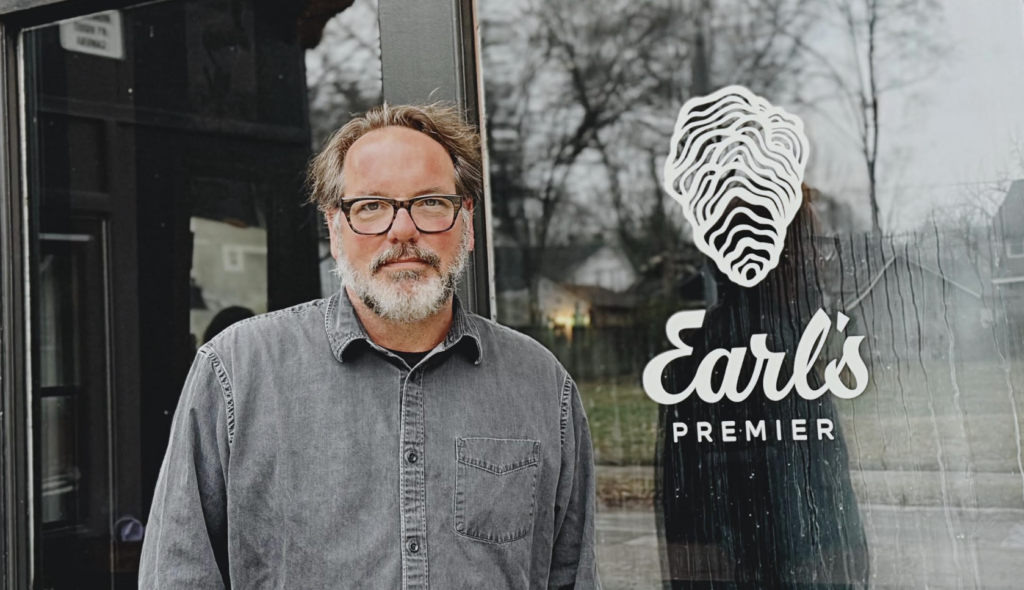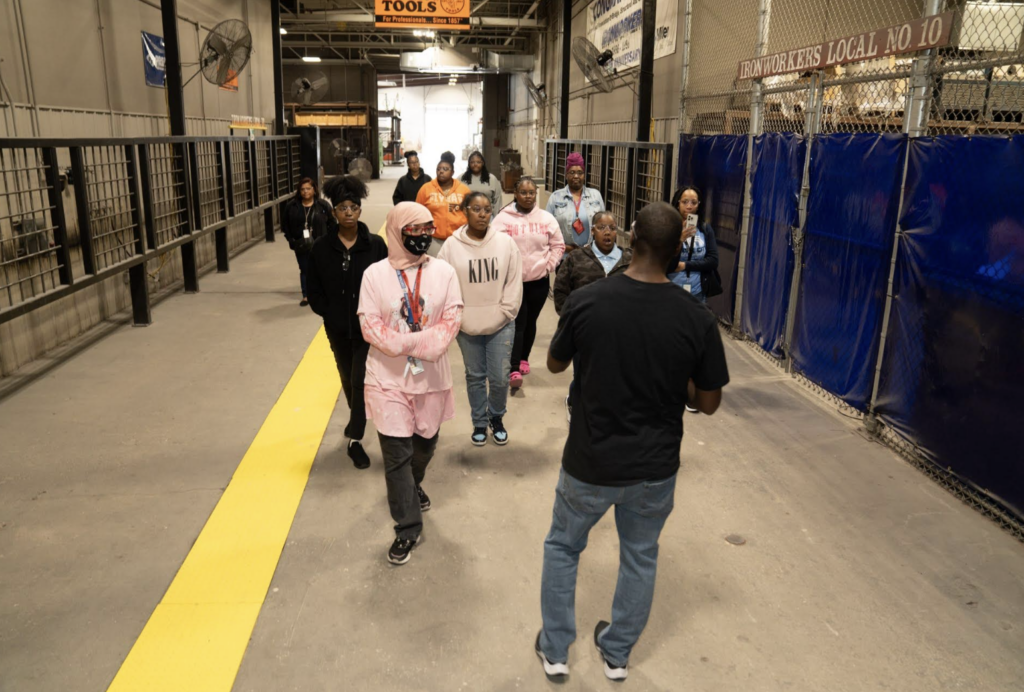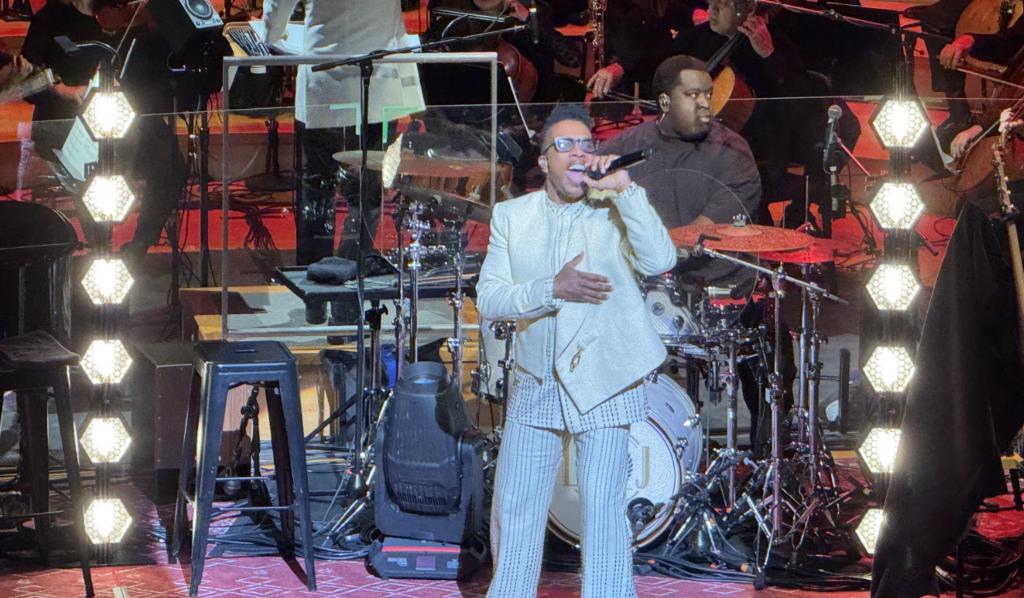The End of the Tour: grace under pressure


A short list of the actors who have played Ernest Hemingway as various shades of glowering in filmed life stories: Stacy Keach, Clive Owen, Victor Garber. At least as convincing in a comedy: Corey Stoll, a Woody Allen-ized version of Papa in Midnight in Paris.
A shorter list of all the actors who have played David Foster Wallace: Jason Segel. He stars in The End of the Tour, the production of which enraged DFW purists. As though a pure understanding of Wallace, or the DFW so many claim as their own — or stodgy old Hemingway, for that matter — is available at all.
Before any dramatist could attempt to reconstitute them, Hemingway and Wallace also played versions of themselves in public, and each grappled in semiprivate (neither could have expected their correspondence, or virtually any other utterance, to stay private) to reconcile his talent with his persona. Both ended their own lives, further complicating legacies already made difficult by literary fashions, hype and jealousy. The two share little else in common — no one could mistake one’s prose for the other’s. But you’d be hard-pressed to name many other writers whose roles as cultural signifiers so eclipse the work itself — writers drafted into standing for more than the sum of their words. There have always been authors we discuss without having read deeply (or, sometimes, at all); these we sometimes call best-sellers. There also are writers we claim for ourselves because they convey to us a depth that reading or discussion alone seems unable to plumb. And these we have, for most of a generation now, bundled into one figure and called DFW.
David Foster Wallace wrote Infinite Jest, the 1,079-page novel that, upon its 1996 publication, became as much a lifestyle accessory as a book to be read, like any other, one sentence at a time. Its success spawned debate, skepticism and imitation. And Wallace, the philosophy geek turned MFA student turned writing teacher turned bandanna-wearing generation signpost, thereafter worked in the book’s long shadow — or in the shadow of DFW, the messianic distortion of him assembled by readers and pretenders.
The End of the Tour, adapted by playwright Donald Margulies from David Lipsky’s entertaining Although of Course You End Up Becoming Yourself: A Road Trip With David Foster Wallace, shows us where Wallace and DFW begin to converge. To this junction he is, for dramatic purposes, conducted by the movie’s version of Lipsky (Jesse Eisenberg, a sack of lemons), Salieri to Wallace’s Mozart. The moment is the winter of Jest‘s publication, the last date on Wallace’s suddenly packed calendar of readings and interviews. Lipsky has elbowed his way onto the scene, ostensibly to profile Wallace for Rolling Stone but, in cruder terms, to touch Elvis. Lipsky’s initial literary contact high makes for a smart, funny first half of Tour; Wallace’s determination to remain out of reach drives the haunting remainder. (Director James Ponsoldt, with help from cinematographer Jakob Ihre, keeps these halves consistent visually, shooting in a flat, matter-of-fact way that suggests a ’70s movie about the ’90s.)
Segel, whose style up to now has been uncomplicated hangdog, here becomes a very complicated hangdog. He capably summons the real-life Wallace’s expressions, gestures and voice, yet he does something beyond: He plays the writer with a topcoat of Wallace fanboy, channeling the very purism that has been lobbed against Segel the actor to show us the seductions of sudden literary fame. His Wallace struggles not to be his own fan, so that he may tend his genius without calling it that. Segel also signals Wallace’s clinical depression in ways far more subtle than one clunky scene spells out. It’s a lovely performance, one that elevates The End of the Tour above its source material’s somewhat self-serving genuflection.




